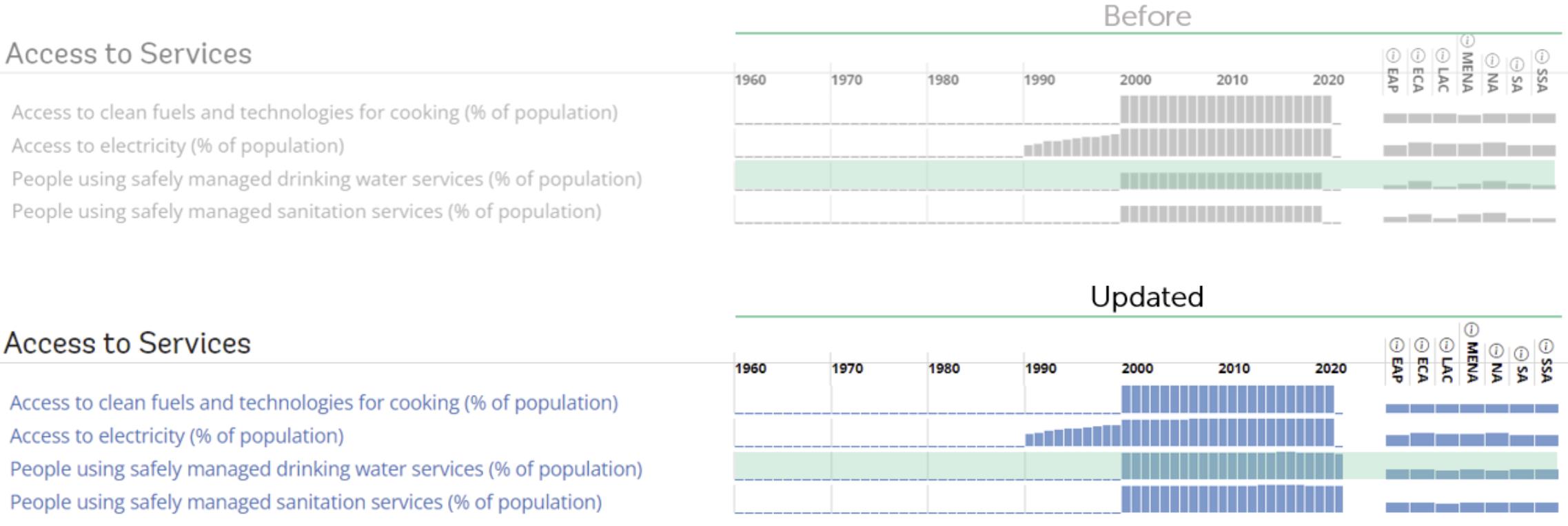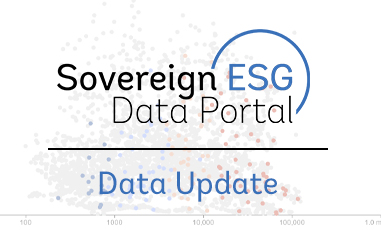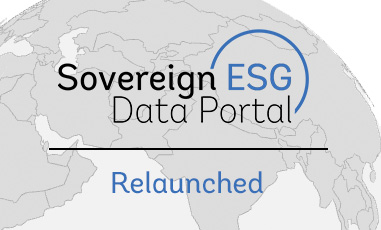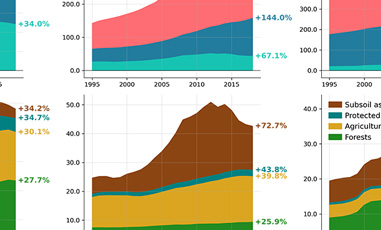Data Update: This March, our Sovereign ESG Data Portal got expanded with new country data and extended timelines. It is now possible to gain insights into our 135 indicators with the most recent data up to 2022. The World Bank is continuously refining the ESG framework and empowering users to make their own comprehensive analyses. All our updated data can be downloaded for easy use. Curious what’s new? Read about the details in this data story.
Expanding horizons
With the updated dataset, many indicators got one or more years added. Over 30 indicators have 2022 data available now, and the majority of ESG indicators spans up to 2020. Starting from 1960, our data is suitable for time series analysis to see how the ESG landscape evolved over time.
Next to ESG indicators, we have additional indicators for wealth accounting and country key statistics available to give context to the ESG framework. These additional indicators got an update as well. Most of the key statistics, including annual population growth and GDP per capita, are now available up to 2022.
We did not only extend the timelines, but a lot of indicators are also enriched with extra country data. For example, Puerto Rico now has data for its share in renewable electricity output, people with access to electricity, and primary and secondary school enrolment rates. Or have a look at Greenland’s new indicators, like its share of agricultural land or forest area, and its population’s life expectancy at birth.
Explore the updated coverage
When you visit our framework, you get an overview of the ESG indicators in our portal. It shows at a glance the data richness for each indicator. The timeline spanning from 1960 to 2022 shows per indicator which years it covers. The height of the boxes show the amount of countries included. Take a look at People using safely managed drinking water services (% of population), for example, to see the value of our updated dataset:

More to explore
Data comes to practice in our ESG Data Portal Tools. You can connect indicators to income groups to see how they are correlated. You can also get insights into how indicators are connected with each other using our Quadrant Analysis tool . Go even further and build your own ESG score selecting your own indicators, countries and methods to get custom aggregate ESG information. Currently, we are working hard on the Feasibility and Ambitiousness Matrix tool for ESG targets. Sign up to our newsletter to be informed when it gets published.








